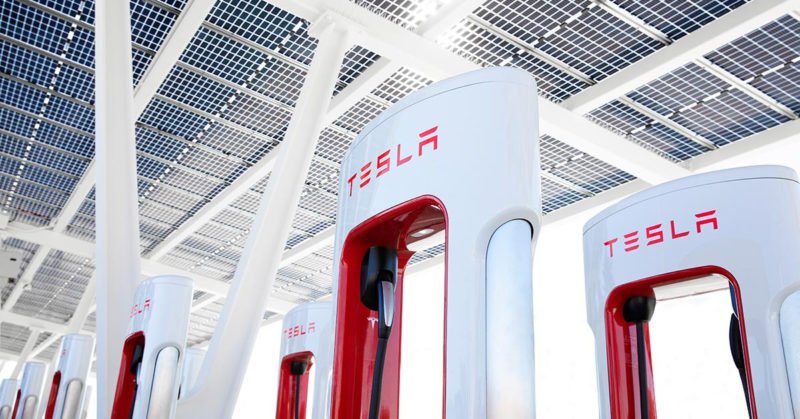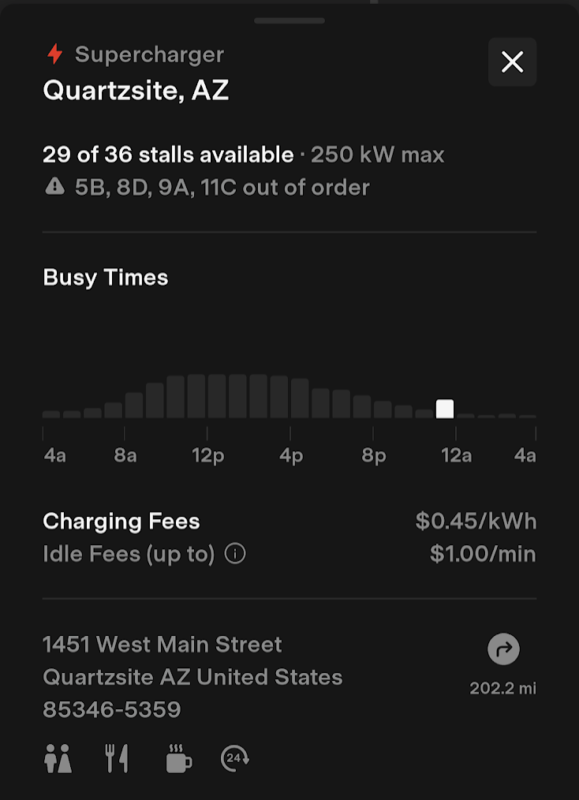
Tesla, the leading electric vehicle (EV) manufacturer, has revolutionized the EV industry with its innovative technology and forward-thinking approach. One of the key elements of Tesla’s strategy is the Supercharger network, a system of high-speed charging stations designed to provide Tesla drivers with a convenient and efficient way to charge their vehicles. But what exactly is a Tesla Supercharger, and how does it work? Let’s delve into the details.
Understanding Tesla Superchargers
Tesla Superchargers, strategically located along major highways and in city centers, are high-powered charging stations that allow EV owners, predominantly Tesla drivers, to travel long distances without worrying about running out of battery power. These Superchargers are distinctive and set apart from other electric vehicle charging stations with their tall, slim, and futuristic design. Typically, the charging posts are white and red with the Tesla logo is prominently displayed, making them easily recognizable.
A Tesla Supercharger station typically consists of multiple Superchargers to accommodate several cars at once. The stations are designed to be user-friendly, with a simple plug-in process that starts the charging session. While most Tesla Superchargers offer the NACS (North American Charging Standard) plug, some newer Tesla Superchargers also offer the CCS plug via a magic dock adapter built into the Supercharger.
The voltage of a Tesla Supercharger is around 480 volts, and the power output can reach up to 250 kilowatts (kW) for the V3 Superchargers, Tesla’s latest generation of Superchargers. This high power output is what allows Superchargers to charge Tesla vehicles so quickly. These stations are capable of charging a Tesla battery to 80% in about 30 minutes and 100% in about 75 minutes, significantly faster than level 2 charging options.
When a Tesla vehicle is plugged into a Supercharger, the vehicle and the Supercharger communicate to determine the maximum safe level of electricity that can be delivered. The Supercharger delivers DC power directly to the battery, bypassing the onboard charger in the vehicle. As the battery approaches its maximum charge, the Supercharger gradually reduces the power flow to protect the battery’s health and longevity.
While charging speeds vary, these are estimated times posted on Tesla’s website.
| Vehicle | Supercharge Speed |
|---|---|
| Model S | Up to 200 miles in 15 minutes |
| Model 3 | Up to 175 miles in 15 minutes |
| Model X | Up to 175 miles in 15 minutes |
| Model Y | Up to 162 miles in 15 minutes |
Tesla Supercharger Costs
The cost to use a Tesla Supercharger varies based on the location and the local cost of electricity. Tesla has transitioned away from its original free unlimited Supercharging model to a pay-per-use model. However, some Tesla owners may still have access to free Supercharging through certain promotions or referral programs. Costs can be located in the Tesla app.
Tesla typically charges either an amount by the minute or by the kWh. To discourage vehicle owners from taking up a charging spot but not moving their vehicle after a charging session, Tesla also typically charges Idle Fees which can be up to $1/min after a 5 minute grace period.

Tesla Supercharger vs. Destination Charger
Tesla also offers another type of charging solution known as the Destination Charger. These are slower, Level 2 chargers typically found at hotels, restaurants, and shopping centers. While Superchargers are designed for long-distance travel, Destination Chargers are intended for charging over several hours, such as overnight at a hotel.
The Future of Tesla Supercharging
Tesla continues to rapidly expand its Supercharger network, with over 45,000+ Superchargers worldwide as of 2023. The company is also constantly working on improving the Supercharger technology to reduce charging times and increase convenience for Tesla drivers.
In 2022, Tesla announced that they would open up Superchargers to all EVs that utilize the CCS connector via a magic dock connector that will be pre-installed into new Tesla Superchargers. In 2023, a number of other automakers have announced that they will adopt the NACS connector in future vehicles including Ford, GM, Rivian, Volvo, Polestar, Mercedes, Nissan, and others which will enable them to more conveniently access the Tesla Supercharger network.
Tesla Superchargers play a crucial role in Tesla’s mission to accelerate the world’s transition to sustainable energy. By providing a fast, reliable, and convenient charging solution, Tesla is making electric vehicle ownership more accessible and practical for people around the world.
